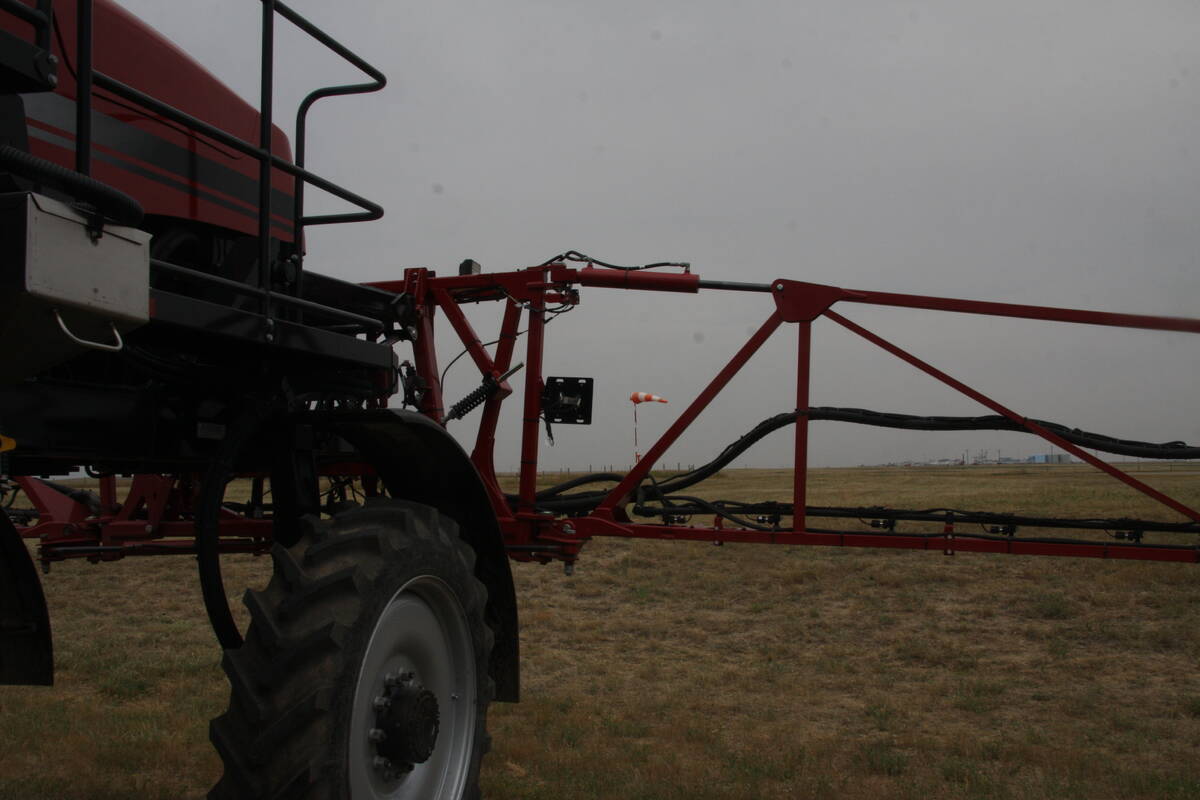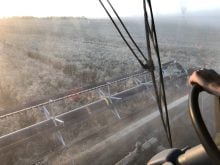There’s a tonne of farmer respirator information on the internet from different sources, some contradictory. So, we’ll try to make sense of it all.
A respirator is designed to provide protection against the inhalation of potentially hazardous contaminants. If you’re upgrading your respirator armory, the first step is to understand the enemy so you have a better chance of buying equipment that will indeed provide the protection you want.
Remember, a simple mask for sawdust is not a respirator. If you’re concerned about COVID-19, the mask you wear while using your chain saw won’t do much to stop germs.
Read Also

More work wanted on removing red tape
REGINA — Canadian farmers risk falling further behind competitors if two main federal agencies don’t become more efficient and responsive…
If COVID-19 is your chief worry, the number you need to know is that the virus is 0.125 micron or 125 nanometres in diameter, according to the American National Library of Medicine.
The N95 mask is designed to filter a virus down to 0.1 microns with 95 percent efficiency, thus the N95 designation. In theory, it should provide protection in normal situations, plus give you a small safety margin.
But there’s a problem. The virus often travels from human biological sources, such as coughing and sneezing, in which case the COVID-19 virus can be as small as 0.5 micron. Those half-micron viruses can slide in through your N95 mask when inhaling. The half-micron viruses broadcast out of your mask when coughing, sneezing or simply exhaling.
If that risk worries you, maybe consider a high efficiency particulate air (HEPA) respirator that captures microbes, dust and particulates down to 0.3 micron.
Your N95 will not perform properly when dealing with half-micron germs caused by coughing and sneezing, but it is the most practical option — it’s available and not too expensive.
What it comes down to is that if you’re upgrading your respirator lineup because of COVID-19, look at the micron rating.
A human hair is about 10 microns thick. The COVID-19 germ is 1/10th the diameter of a human hair.
A bulletin from Pennsylvania University explains that a respirator is rated according to its efficiency in reducing the user’s exposure to mists, fumes and oil-based chemicals or pesticides in the air.
Filter efficiency is represented by a letter N, R or P. The letter indicates whether the respirator is resistant to oil and for how long. The number following the letter indicates filter efficiency, or the percentage of airborne contaminants the filter will block. Typical efficiencies are 95 percent, 99 percent or 99.97 percent. Higher percentages having greater efficiencies.
N-series respirator filters are not resistant to airborne oils and can plug quickly.
R-series respirator filters are resistant to airborne oils for up to eight hours.
P-series respirator filters are oilproof and may be resistant to airborne particles up to eight hours.
These ratings appear on respiratory units, prefilters, cartridges, packaging and advertisements. Some common filter efficiency labelling is shown below:
- N95 – particulate filter: 95 percent filter efficiency against non-oil particulate aerosols
- R99 – particulate filter: 99 percent filter efficiency against all particulate aerosols
- P100 – particulate filter: 99.97 percent filter efficiency against all particulate aerosols
Some respirators have a small plastic exhalation valve in the front, and for good reason. Disposable masks tend to become very humid and damp inside. The exhalation valve alleviates that issue. Masks with the vent are the most effective disposable air pollution masks and are considered to be one step up from the normal N95.

















